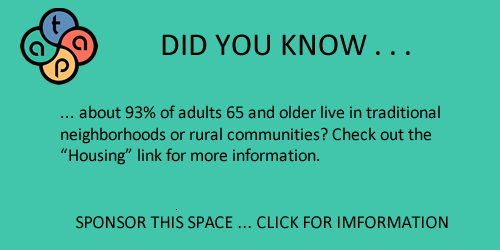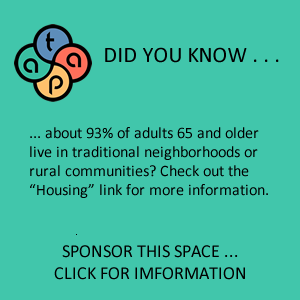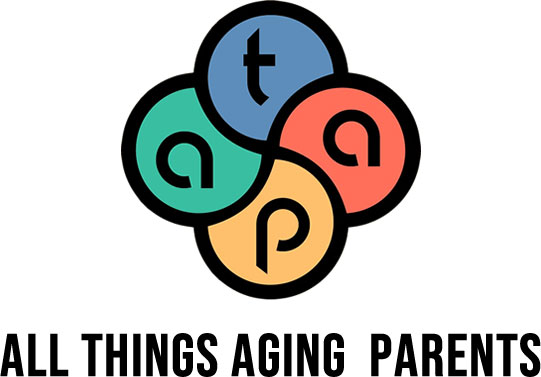Note: This is an overview of Medicaid benefits, and is by no means comprehensive. If you want more information you can continue your research here. All costs mentioned are for 2024.
In contrast to Medicare, which is a work-based insurance, Medicaid is an income-based social insurance (that covers nearly 1 in 5 Americans) for low-income individuals who can prove that their assets and income are low enough to meet the program’s eligibility standards. Medicare is a federal program, while Medicaid is a federal-state partnership, so eligibility rules vary somewhat. Some states call their Medicaid programs by another name, such as Medi-Cal, MaineCare, and TennCare, or even Title 19. Generally, Medicaid payments for physicians and other health care services have been lower than Medicare’s, sometimes making it difficult to find health care providers for Medicaid patients.
Medicaid covers more than 11.5 million “dual-eligible” Medicare beneficiaries – older adults and younger adults with disabilities – who qualify for both Medicare and Medicaid. Some “dual-eligibles” receive the full set of Medicaid benefits, others (called “partial duals”) receive limited benefits. Federal law requires all state Medicaid programs to cover certain mandatory services, such as: physicians, hospital services, x-rays and labs, qualified health clinic services, nursing facility services, home health care (for people eligible for nursing facility services), transportation services, and usually visiting nurses and custodial (personal) care at home or in nursing homes. States choose which of 31 other services they will provide. Among these are dental services, eyeglasses, prosthetics and durable medical equipment, rehabilitation, hospice care, and private duty nursing.
Services: Medicaid is a significant source of financing for long-term care. Recent data shows that Medicaid paid for 45 - 65% of the total cost of nursing facility care. In addition to nursing facility coverage, Medicaid is the primary payer across the country for long-term services and supports, which enable the elderly person to remain in their home. Most states use the home and community-based services waiver program to provide long-term services and supports to people whose medical condition would otherwise qualify them for Medicaid-funded nursing facility or hospital care. Covered services might include:
- Case Management
- Homemaker Services
- Home Health Aide
- Personal Care
- Respite Care


All state Medicaid programs offer Medicare savings programs that help pay Medicare premiums for many people with low income who qualify. These programs are open to older adults whose assets or income is higher than the threshold for full Medicaid benefits. These programs are: Qualified Medicare Beneficiary, Specified Low-Income Medicare Beneficiary, and Qualifying Individual.
Eligibility: State Medicaid programs must cover certain people, called “categorically needy,” including people 65 and older and younger people with disabilities who are citizens or legal immigrants who have been in the US for 5 years or more, and who meet income and asset requirements. Medicaid is enrolled in by each individual so one spouse may qualify for Medicaid because (s)he lives in a nursing home, while the other spouse (the “community spouse”) lives at home.
Here are the criteria for eligibility (these may vary by state):
The first eligibility criterion is to be medically needy, and that definition varies by state. In general, anyone who requires on-going skilled nursing care, is mentally impaired with Alzheimer’s/dementia, or is unable to care for him/herself will qualify. If skilled nursing is not required, most Medicaid programs link eligibility to the numbers of Activities of Daily Living (ADLs) a person needs assistance with.
Financial eligibility requirements vary by state, but generally look at two factors: Assets or Resources and Income. (All numbers mentioned are averages and will depend on your state.)
A general rule of thumb for Medicaid eligibility is a $2,000 “countable resource” test for one person and $4,000 for a couple. What are countable resources? Cash, checking and savings accounts, stocks and bonds, and real estate (aside from one’s home, which is excluded) – basically anything that can be converted to cash to use for care. Aside from a home, other exempt resources include a car, household goods, burial plots, small amounts for burial plans, and very small life insurance policies.
Even if only one spouse is applying for Medicaid (the “institutionalized spouse” – even if they live at home instead of a nursing home), both spouse’s assets are considered for eligibility, even if held in separate accounts with only one name. Married couples can have considerably higher asset limits, but only if one spouse is not applying for Medicaid. There is a federal law, the “Spousal Impoverishment Law,” that protects the community spouse (not applying for Medicaid) from having to spend everything on care. They are allowed assets up to the “Community Spouse Resource Allowance (CSRA),” as well as the Minimum Monthly Maintenance Needs Allowance (MMMNA),” which is the minimum amount of the institutionalized spouse’s income that the community spouse is allowed to keep. For the CSRA, the community spouse is permitted up to $154,140 in countable resources. In reality, determining these amounts (the CSRA and MMMNA) is more complicated (believe it or not) than we have indicated here.
If the enrollee has too much in assets to qualify for Medicaid, (s)he may legitimately “spend down” their resources (usually savings) to purchase exempt resources, such as a burial plot or to make improvements on a home. This can help to speed up their Medicaid eligibility.
IMPORTANT NOTE: An individual may not simply give away assets (for example, to family members) in order to qualify for Medicaid. Medicaid performs a 60 month (5 year) “look-back” to be sure that this has not happened. If any assets have been transferred for less than fair market value during this period, Medicaid will impose a penalty by preventing the applicant from receiving Medicaid benefits for a period of time. The greater the asset that was transferred, the longer the penalty. Nor can (s)he simply set up a trust to get assets out of his/her name. Revocable living trusts are still countable assets for Medicaid eligibility. Irrevocable trusts, which remove ownership from the grantor, are not countable assets, however, they will be considered impermissible during the 5-year “look-back” and will cause a penalty.
States use one of two approaches to determine if an individual meets their Medicaid income limits. There are “income cap states”, which set a hard income limit of about $2,829 per month, and “non-income cap states”, which have "spend-down" Medicaid. The community spouse (the one not applying for Medicaid) may be allocated a Minimum Monthly Maintenance Needs (MMMN) portion of the applicant’s income, generally up to $3,853 per month. For married couples with both spouses as applicants, each spouse is allowed up to $2,829 per month ($5,658 combined).
Non-income cap states allow applicants who have income over the limit to still qualify for Medicaid if they have high medical bills relative to their income. In simple terms, a person can “spend down” their excess income (over the Medicaid limit) on medical bills or care. Once they have spent their income down, they are eligible for Medicaid for the remainder of that period. (This period differs based on the state but is generally between one and six months.)
Estate Recovery: States are legally required to seek recovery for Medicaid payments for certain long-term care costs by placing a claim against the probate assets of a deceased beneficiary. These claims are prohibited as long as the surviving spouse is still alive. Recovery may be sought for: nursing home or other long-term institutional services, home and community-based services, and hospital and prescription drug services while receiving the previous benefits, and other items covered by the Medicaid state plan. Medicaid applicants with annuities are required to name the state as remainder beneficiary to facilitate recovery of these costs. Usually, liens against the property of a Medicaid recipient prior to death are prohibited but states sometimes still impose them.
Medicaid Planning: Because of the complexity of the Medicaid system, and the numerous options for navigating the eligibility requirements, you may want to get help in planning for your parents’ needs, especially concerning Medicaid. Your Area Agency on Aging provides a wide range of assistance with Medicaid and other issues. You can find your local Area Agency on Aging. You may also contact a professional Medicaid Planner. The money you spend hiring them may well be offset by the savings to your parents’ assets.
Resources:
For an excellent overview of Medicaid and Long Term Care for the Elderly, visit this website:
https://www.payingforseniorcare.com/longtermcare/resources/medicaid.html
https://www.payingforseniorcare.com/longtermcare/find_medicaid_planning_help.html
To find contact information for the Medicaid office in your state, look here:
https://www.medicaid.gov/about-us/contact-us/contact-state-page.html



















